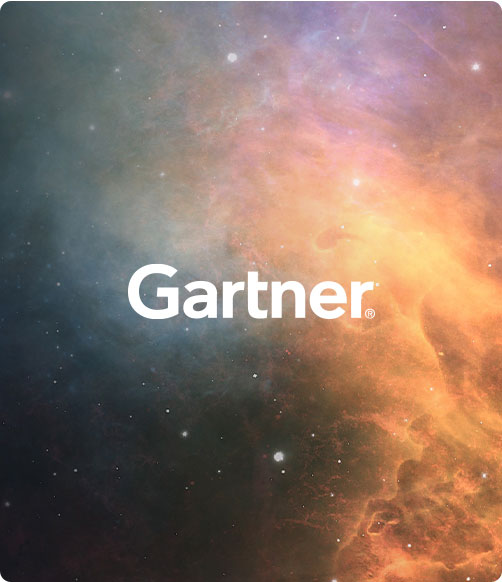Redwood Software recognized as a Leader in Gartner® Magic Quadrant™ for SOAP
In the 2024 Magic Quadrant™ for Service Orchestration and Automation Platforms (SOAPs) report, Gartner positioned Redwood Software furthest in Completeness of Vision. We believe this indicates Redwood’s demonstrated ability to deliver SOAP capabilities today and into the future.
With both on-premises and SaaS solutions delivering advanced workload automation (WLA) across both SAP and non-SAP IT environments, seamlessly integrated file transfer solutions and 30 years of industry-leading presence, we feel Redwood leads with SaaS experience, enterprise integration expertise and a global footprint.

The power of 30 years in automation
Redwood’s suite of automation fabric solutions, including Tidal by Redwood, is backed by three decades of automation experience. Enterprise IT teams in various industries depend on Redwood’s workload automation products to drive end-to-end process automation across on-premises, hybrid and cloud infrastructures.
What’s in the report?
- Research and analyst insights on the state of SOAPs
- Gartner predictions for the expansion of SOAP capabilities
- Why Redwood was named a Leader
Gartner SOAP Magic Quadrant™ FAQs
-
What is a SOAP according to Gartner?
In the 2024 Gartner Magic Quadrant™ for SOAPs report, Gartner says that Service Orchestration and Automation Platforms (SOAPs) ”have become crucial for deploying complex workloads that deliver business services. These platforms combine workflow orchestration, workload automation and resource provisioning and extend capabilities to data pipelines and cloud-native architectures.”
-
What is Gartner SOAP Magic Quadrant™?
“A Magic Quadrant™ provides a graphical competitive positioning of four types of technology providers in markets where growth is high and provider differentiation is distinct:
- Leaders execute well against their current vision and are well-positioned for tomorrow.
- Visionaries understand where the market is going or have a vision for changing market rules, but do not yet execute well.
- Niche Players focus successfully on a small segment or are unfocused and do not out-innovate or outperform others.
- Challengers execute well today or may dominate a large segment but do not demonstrate an understanding of market direction."
Gartner, Inc. Magic Quadrant for Service Orchestration and Automation Platforms. Hassan Ennaciri, Chris Saunderson, etl. 11 Sept 2024.
GARTNER is a registered trademark and service mark of Gartner, Inc. and/or its affiliates in the U.S. and internationally and is used herein with permission. All rights reserved. MAGIC QUADRANT is a registered trademark of Gartner, Inc. and/or its affiliates and is used herein with permission. All rights reserved.
Gartner does not endorse any vendor, product or service depicted in its research publications, and does not advise technology users to select only those vendors with the highest ratings or other designation. Gartner research publications consist of the opinions of Gartner’s research organization and should not be construed as statements of fact. Gartner disclaims all warranties, expressed or implied, with respect to this research, including any warranties of merchantability or fitness for a particular purpose.
